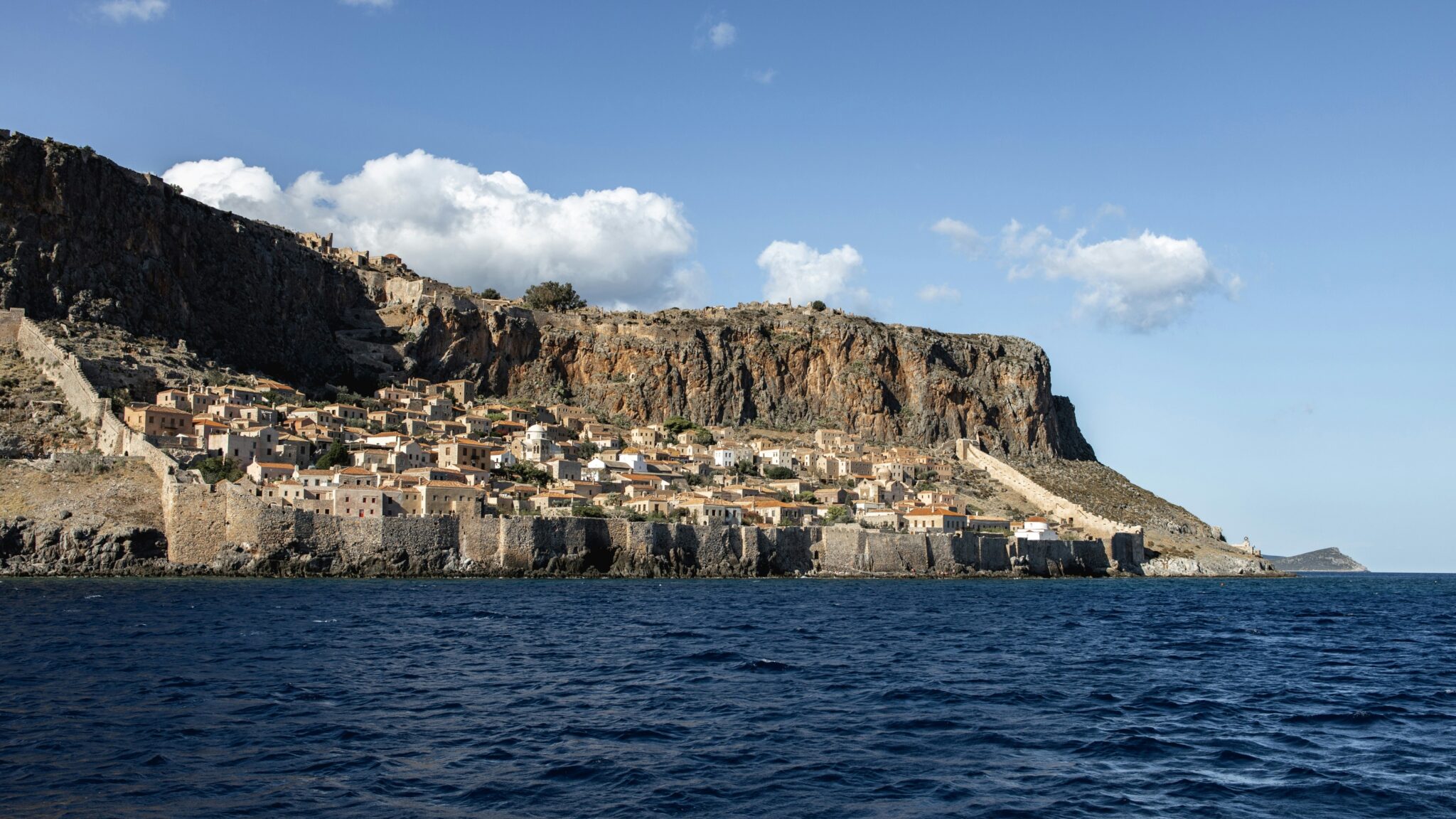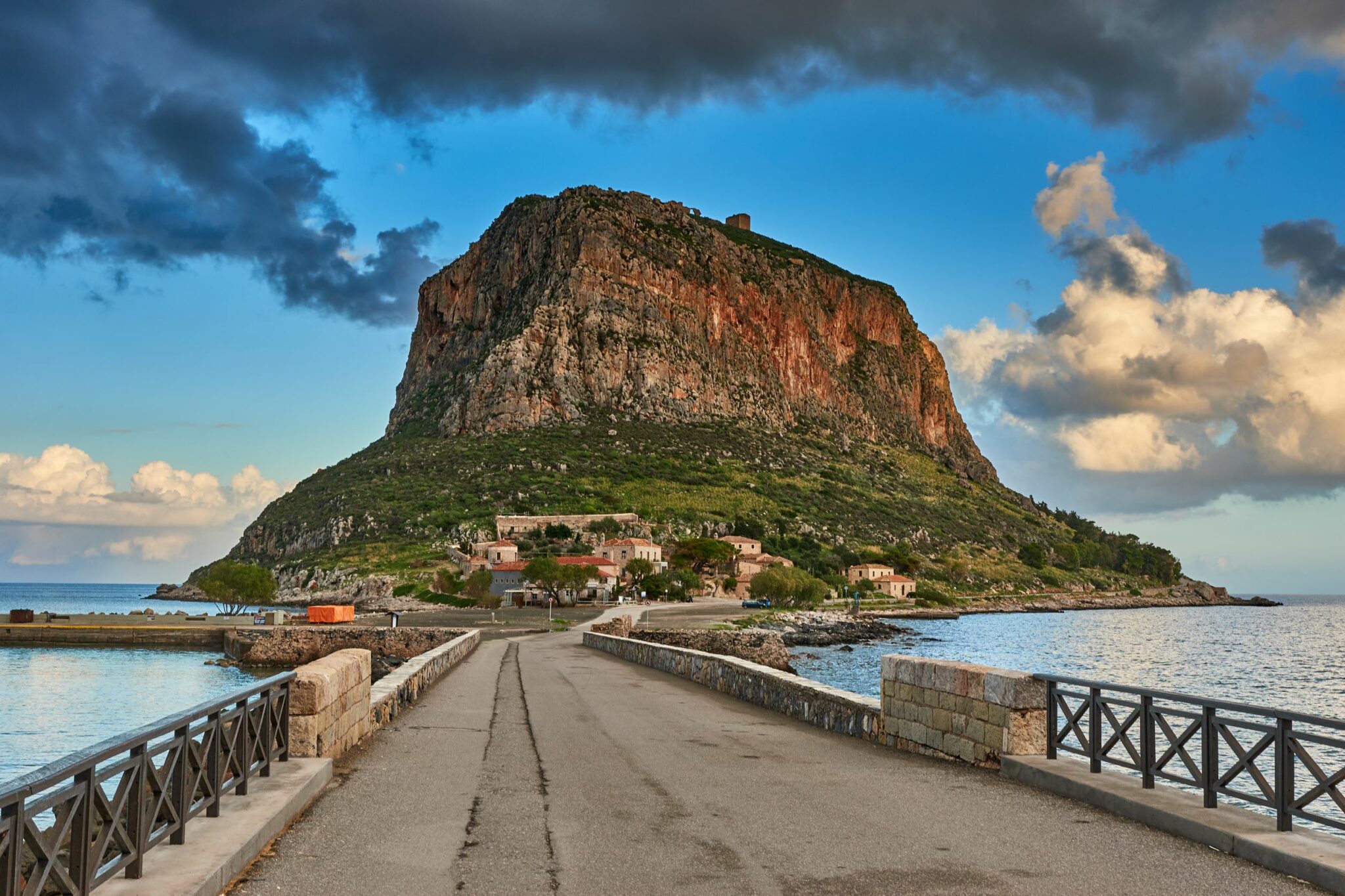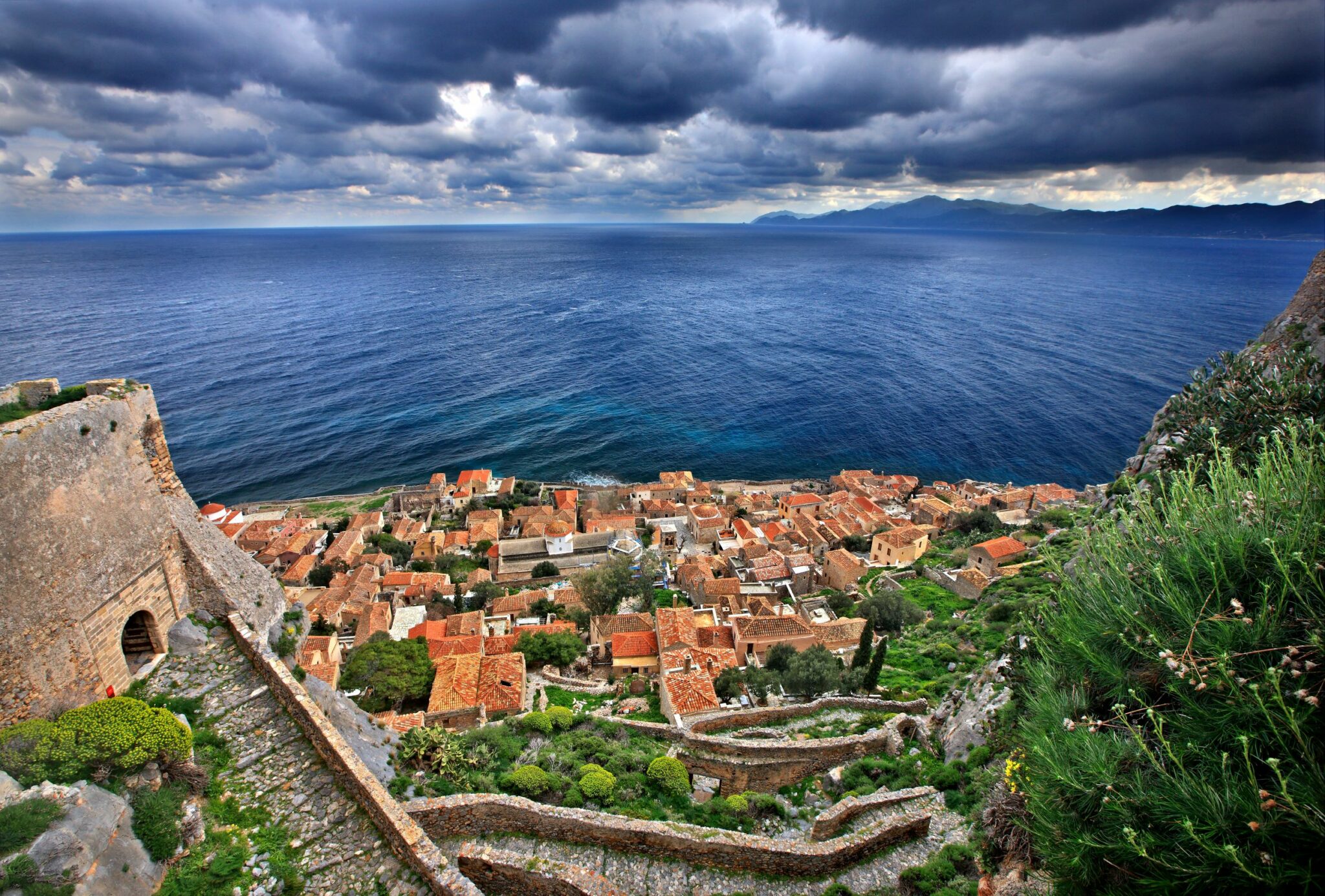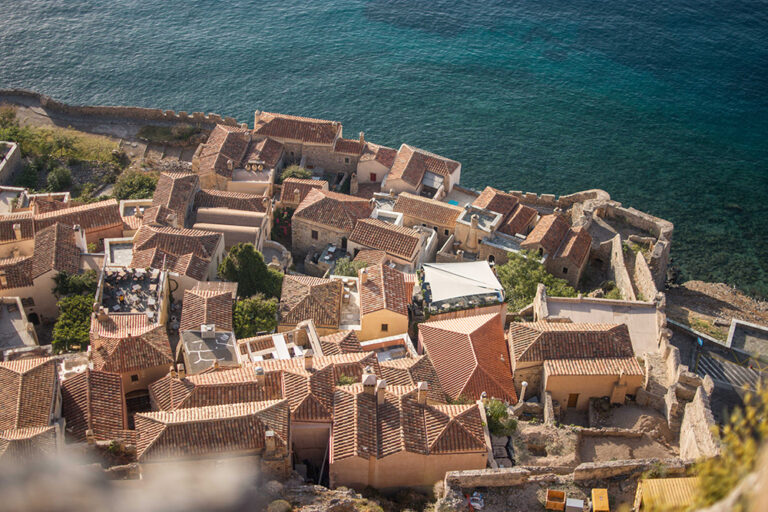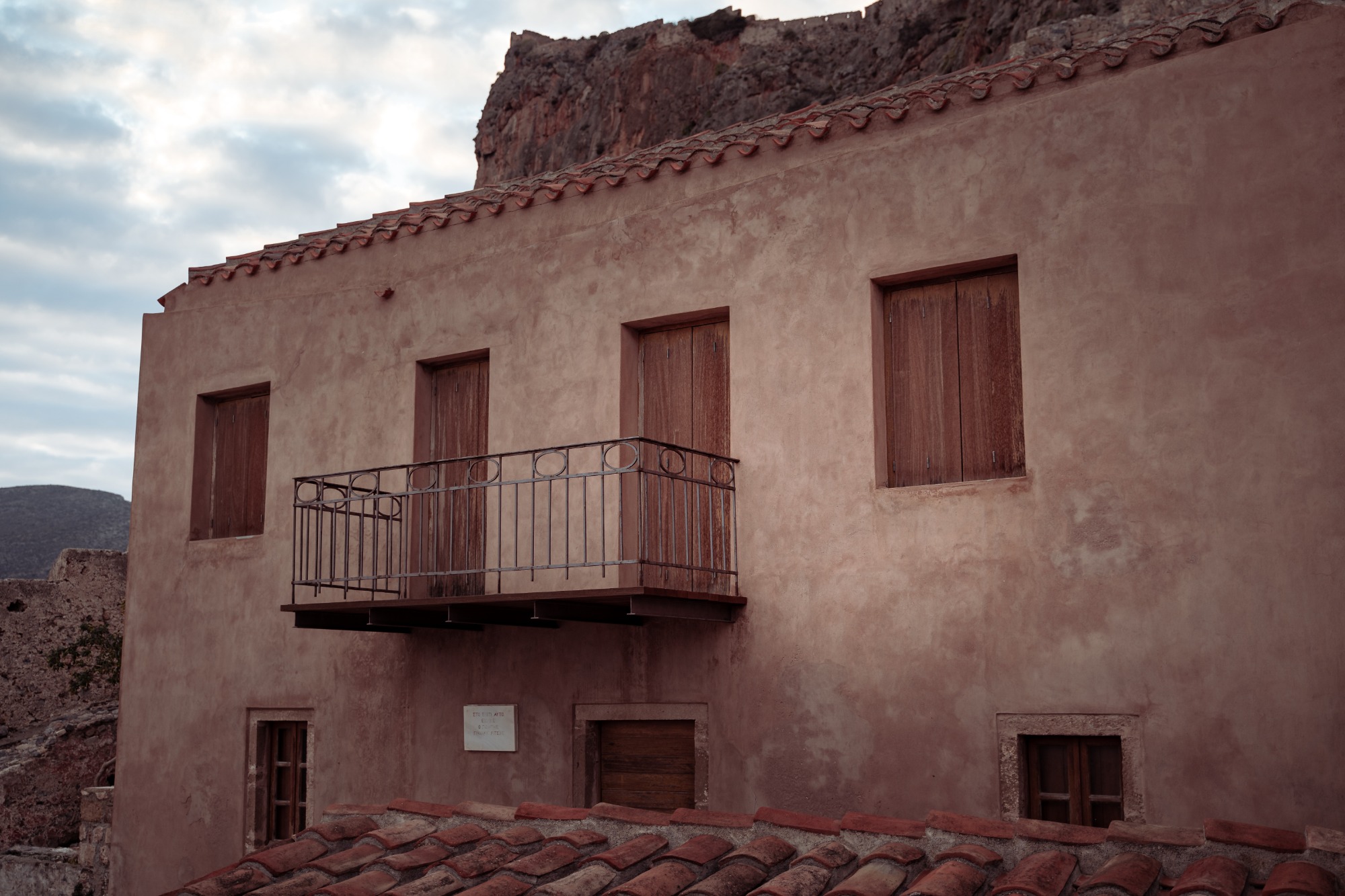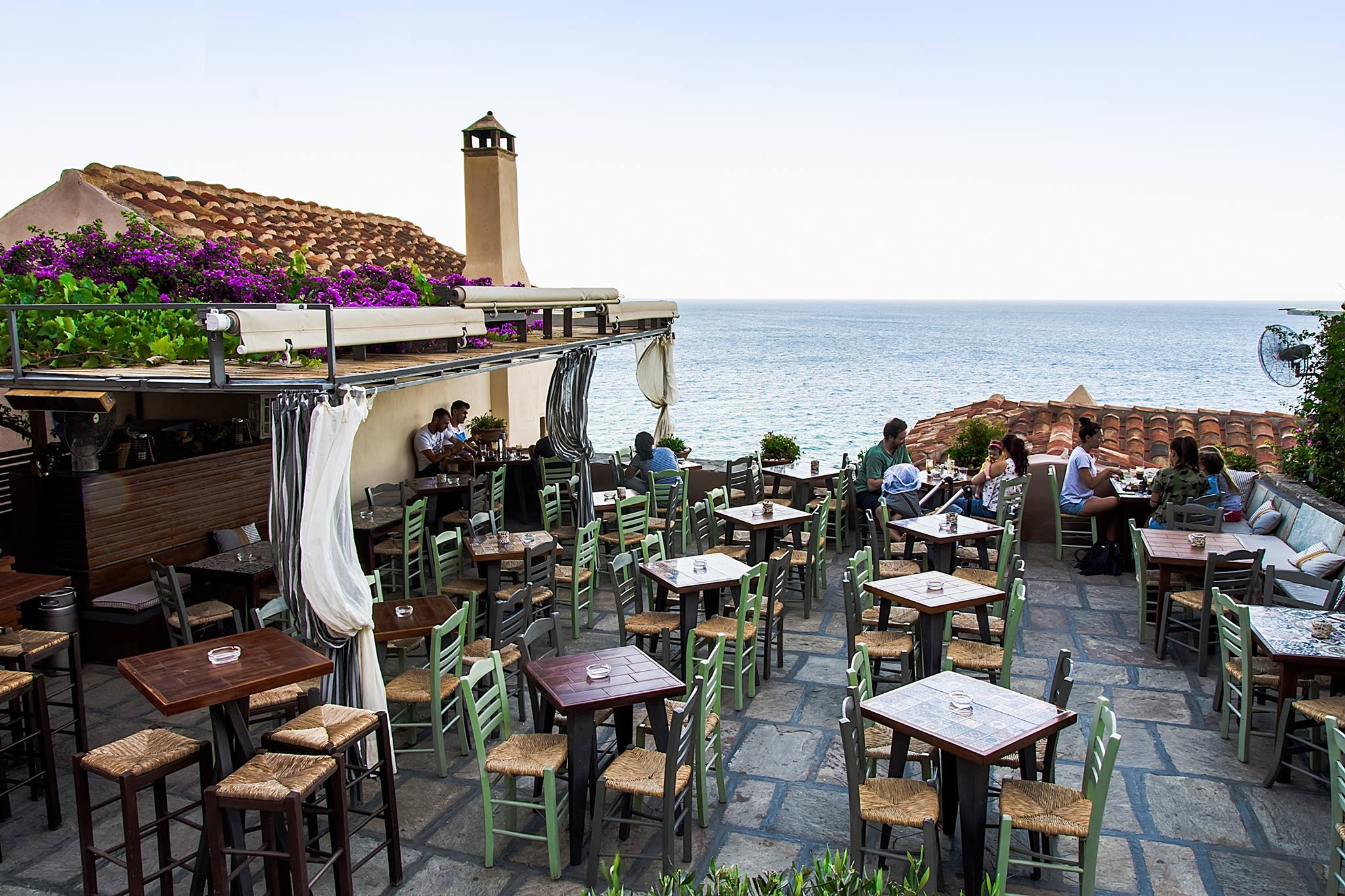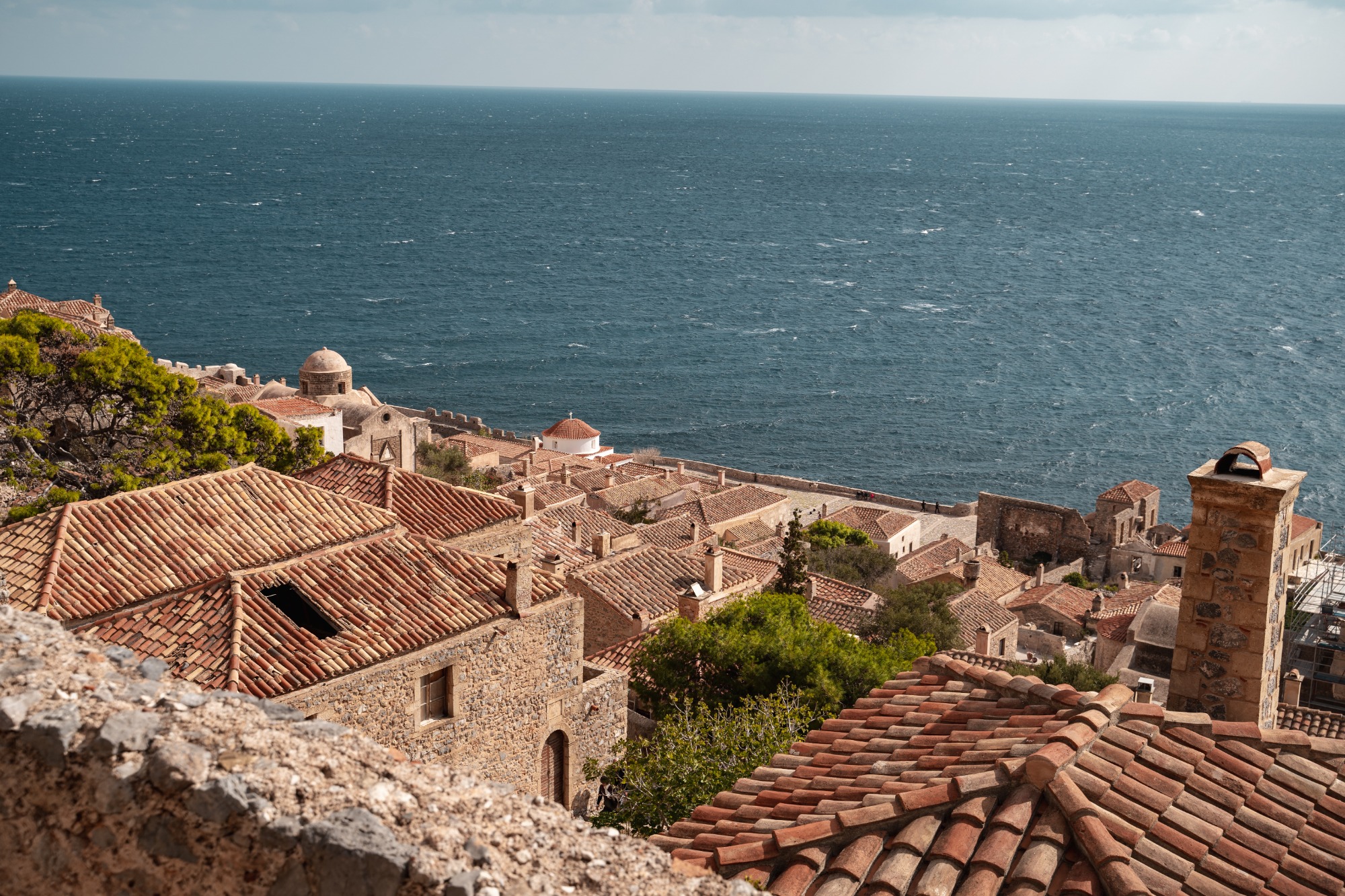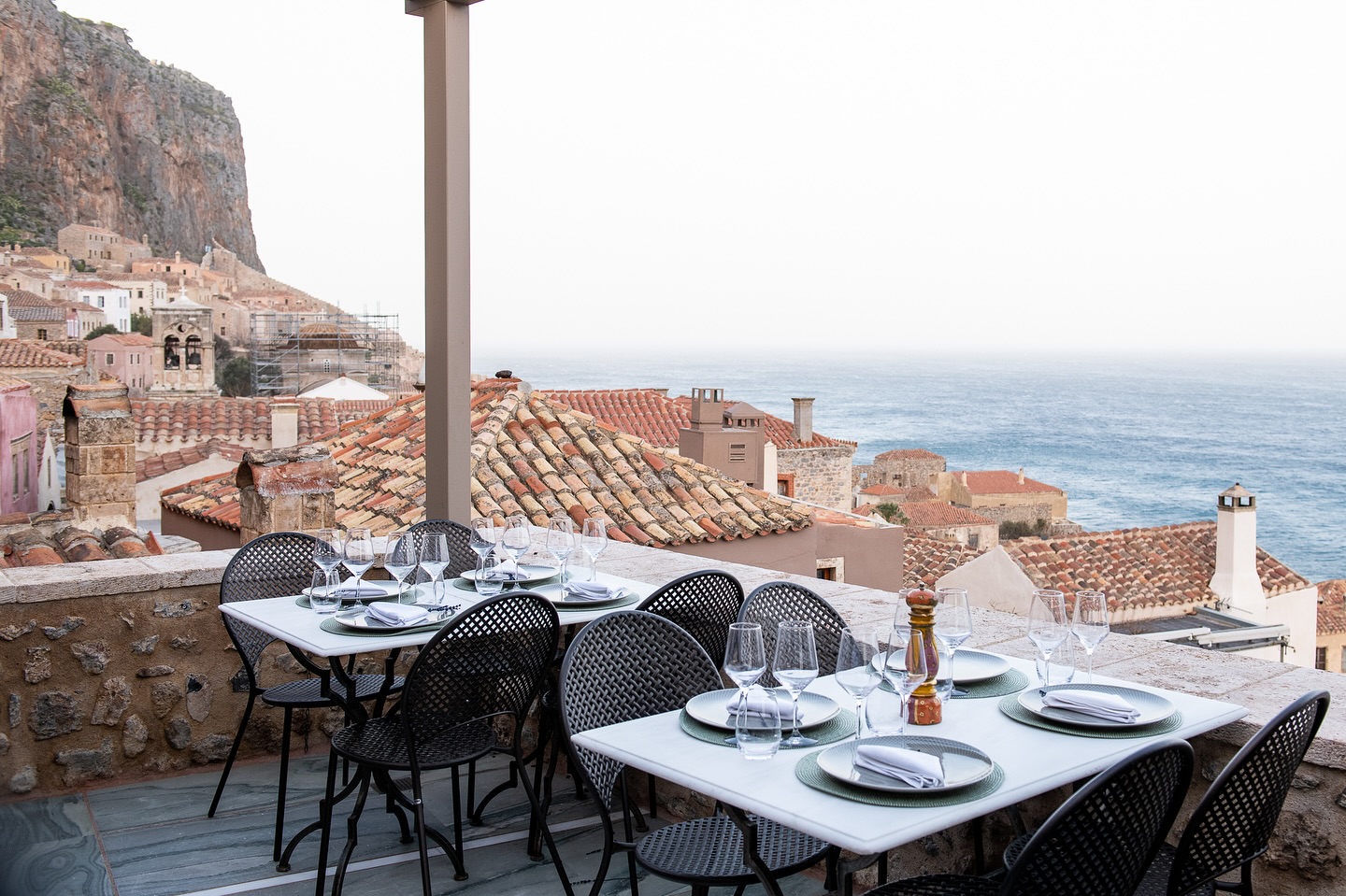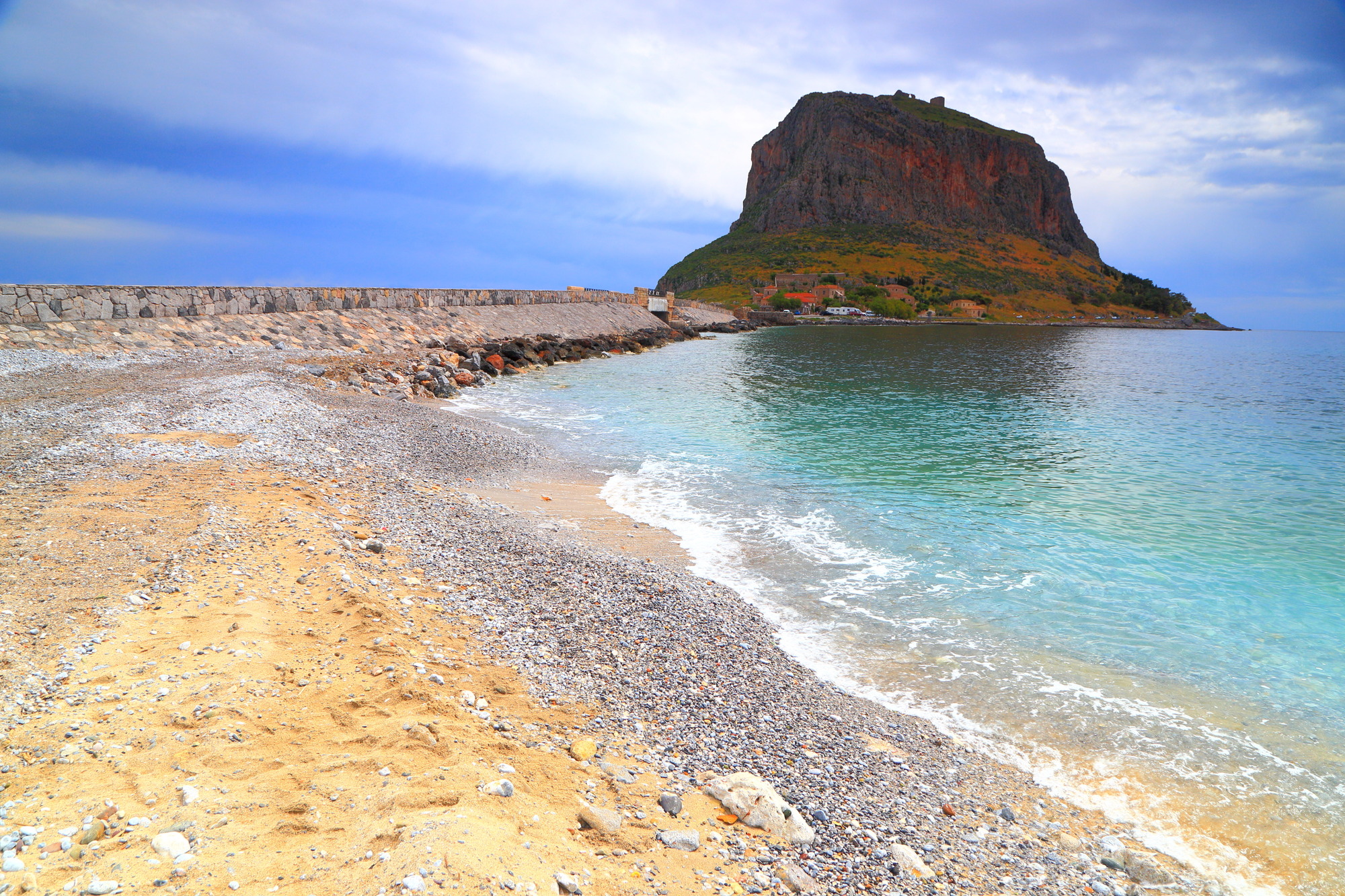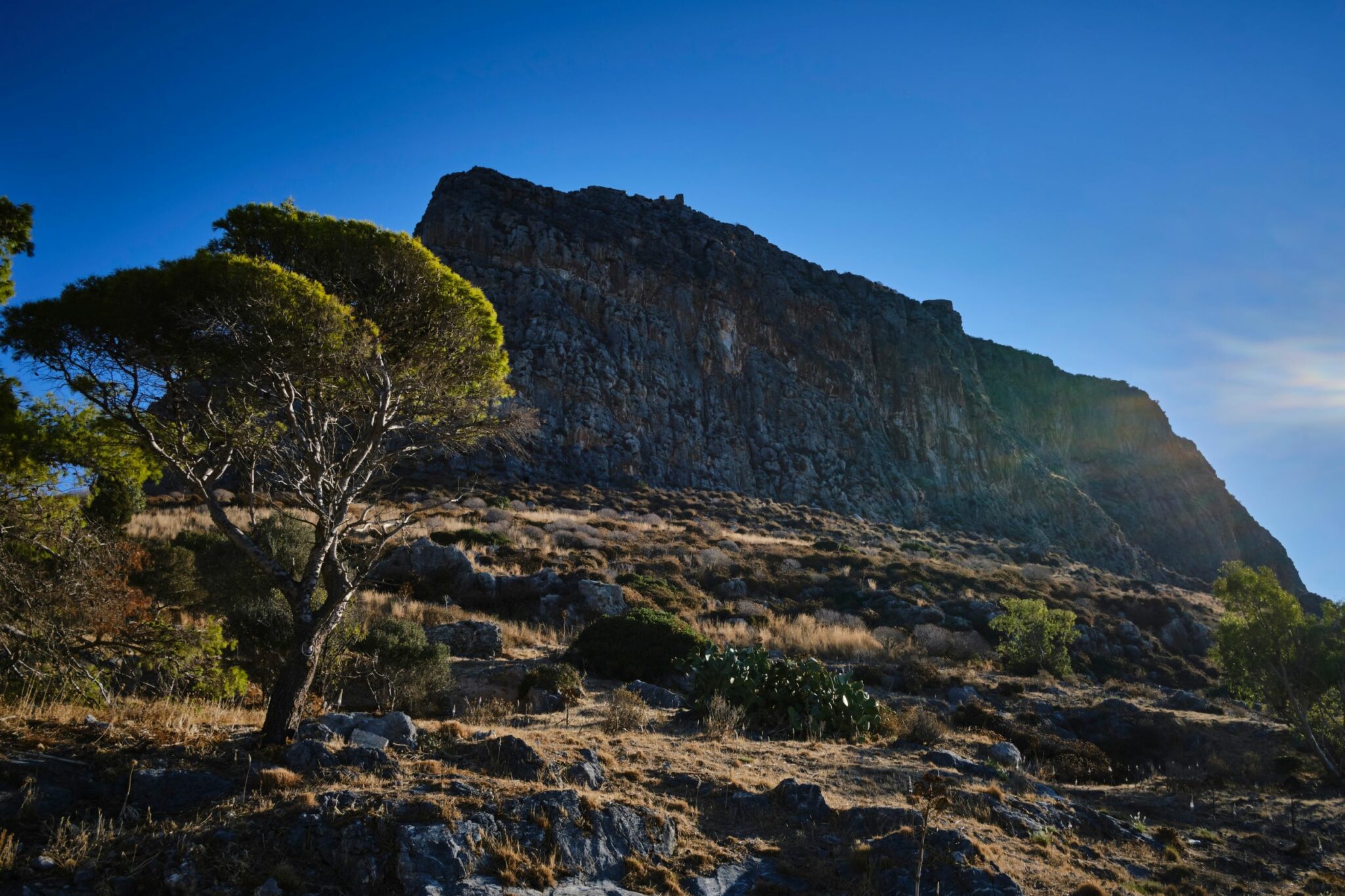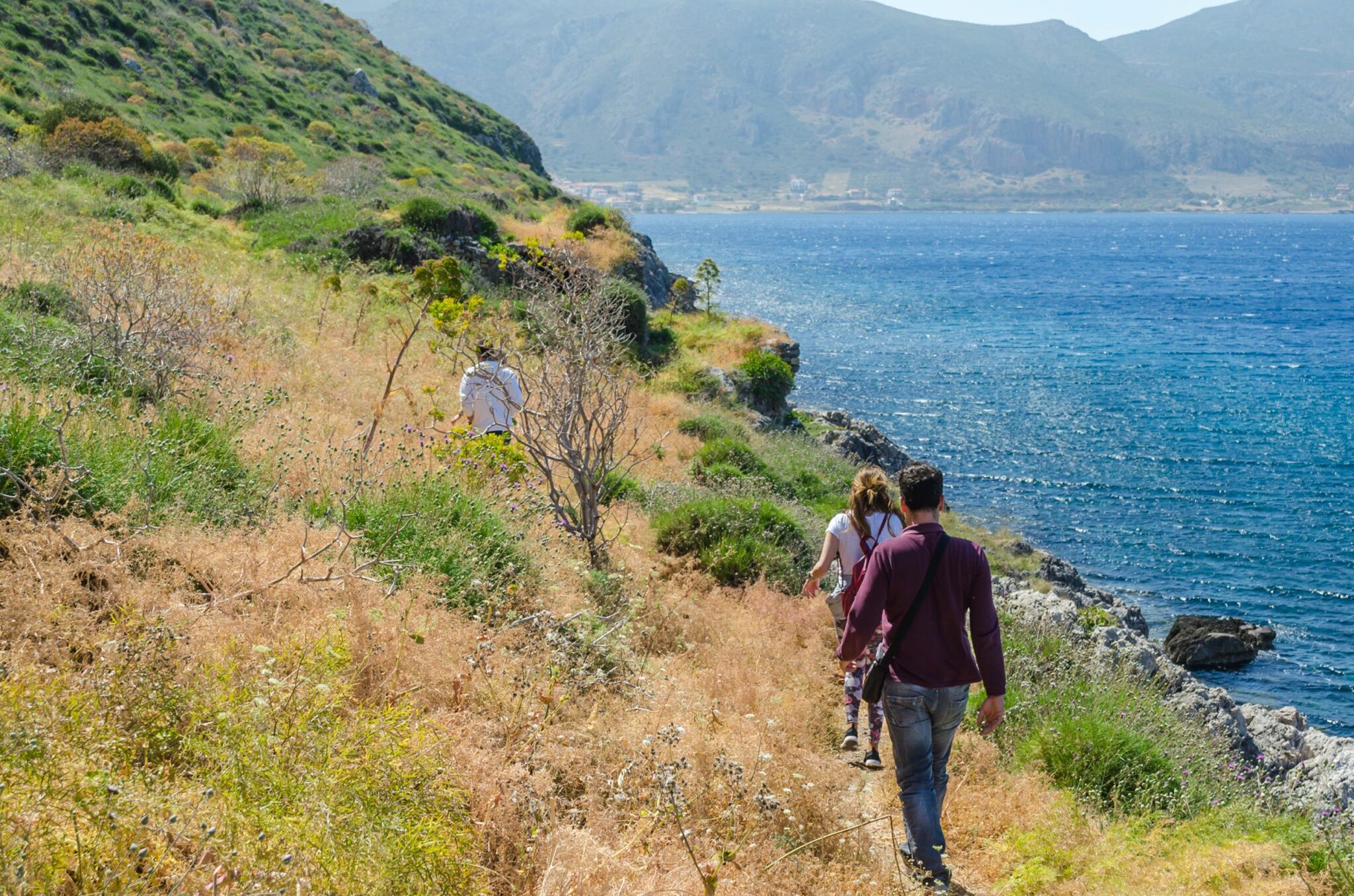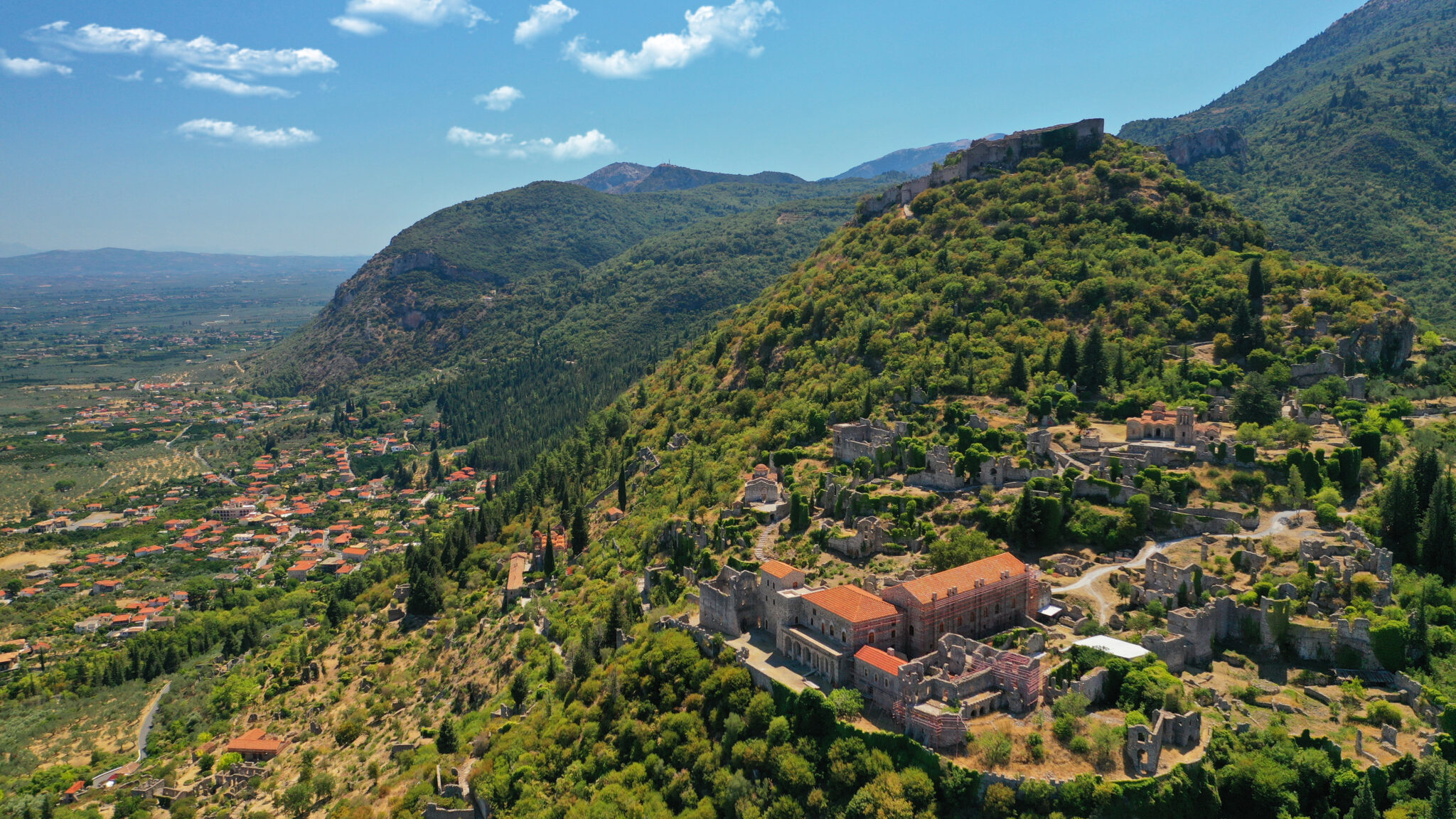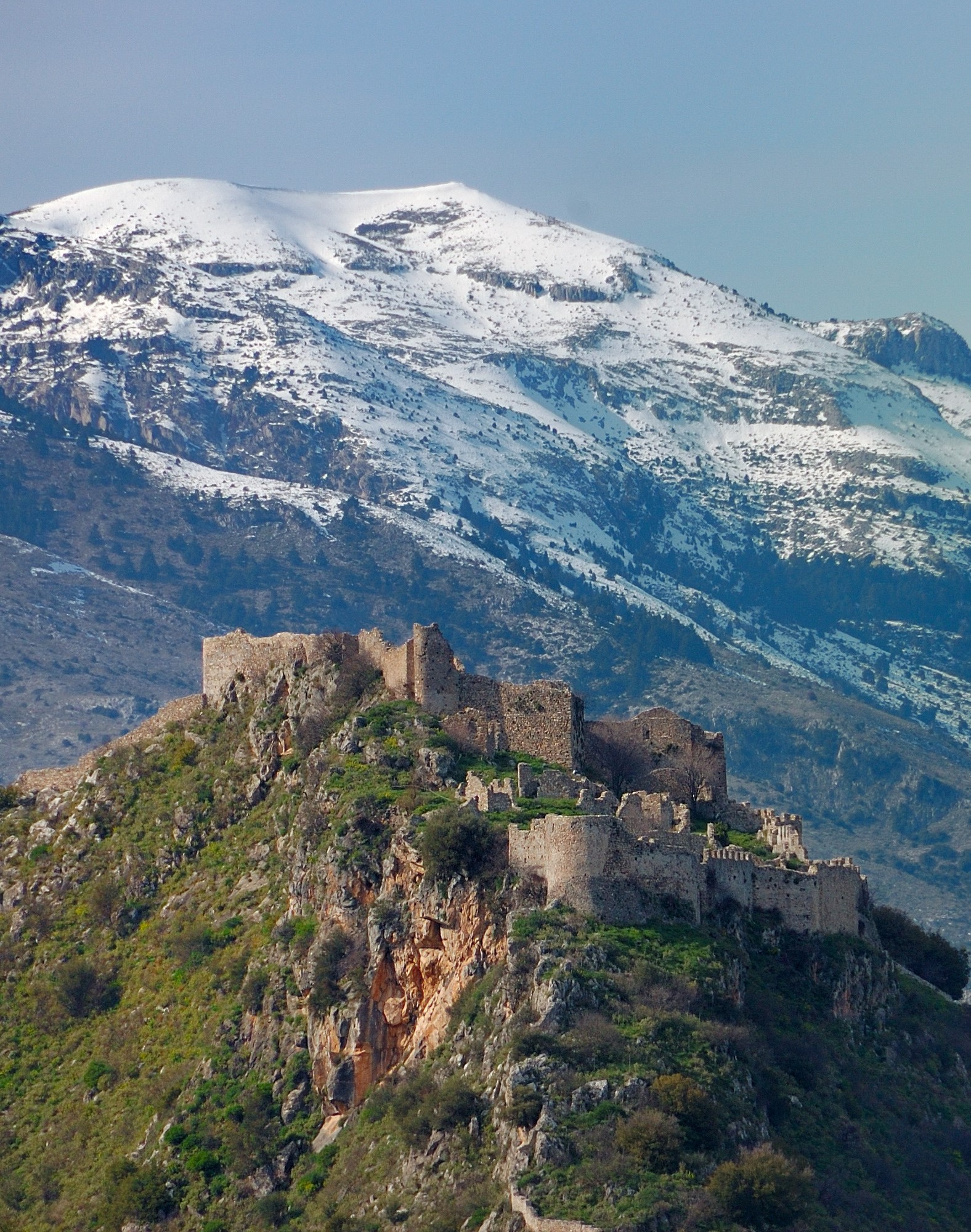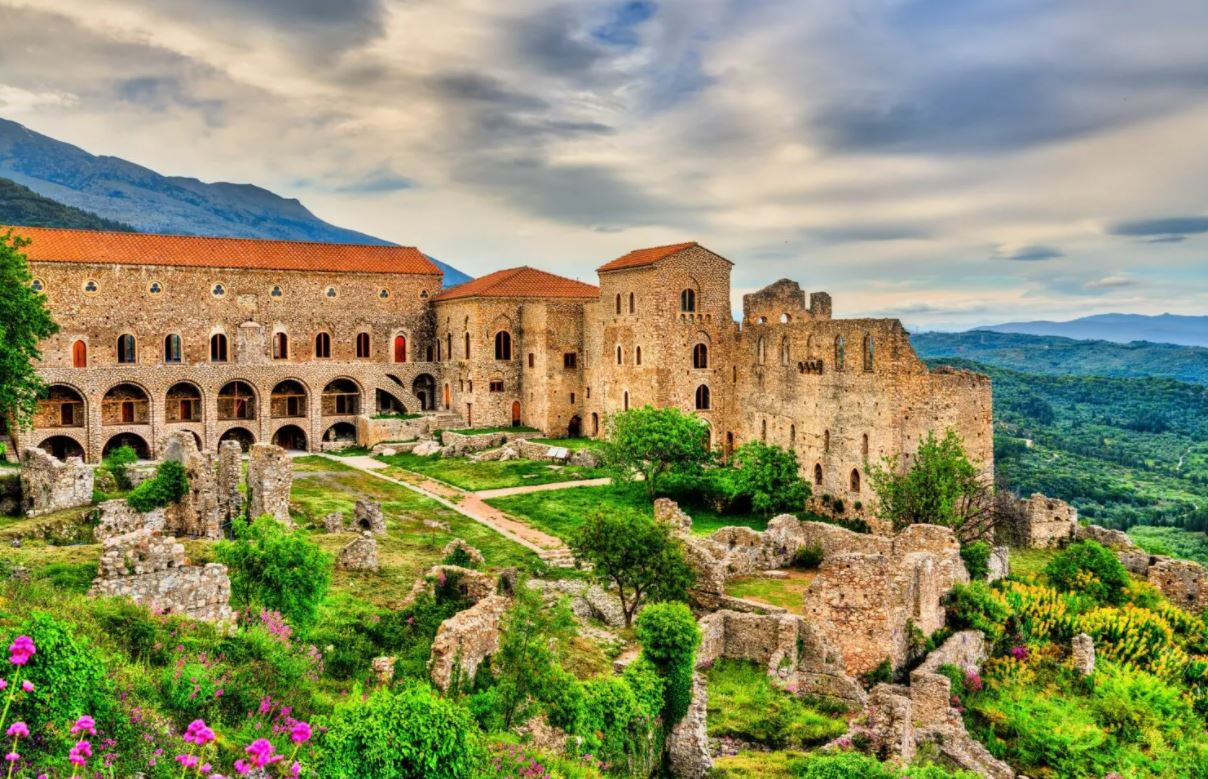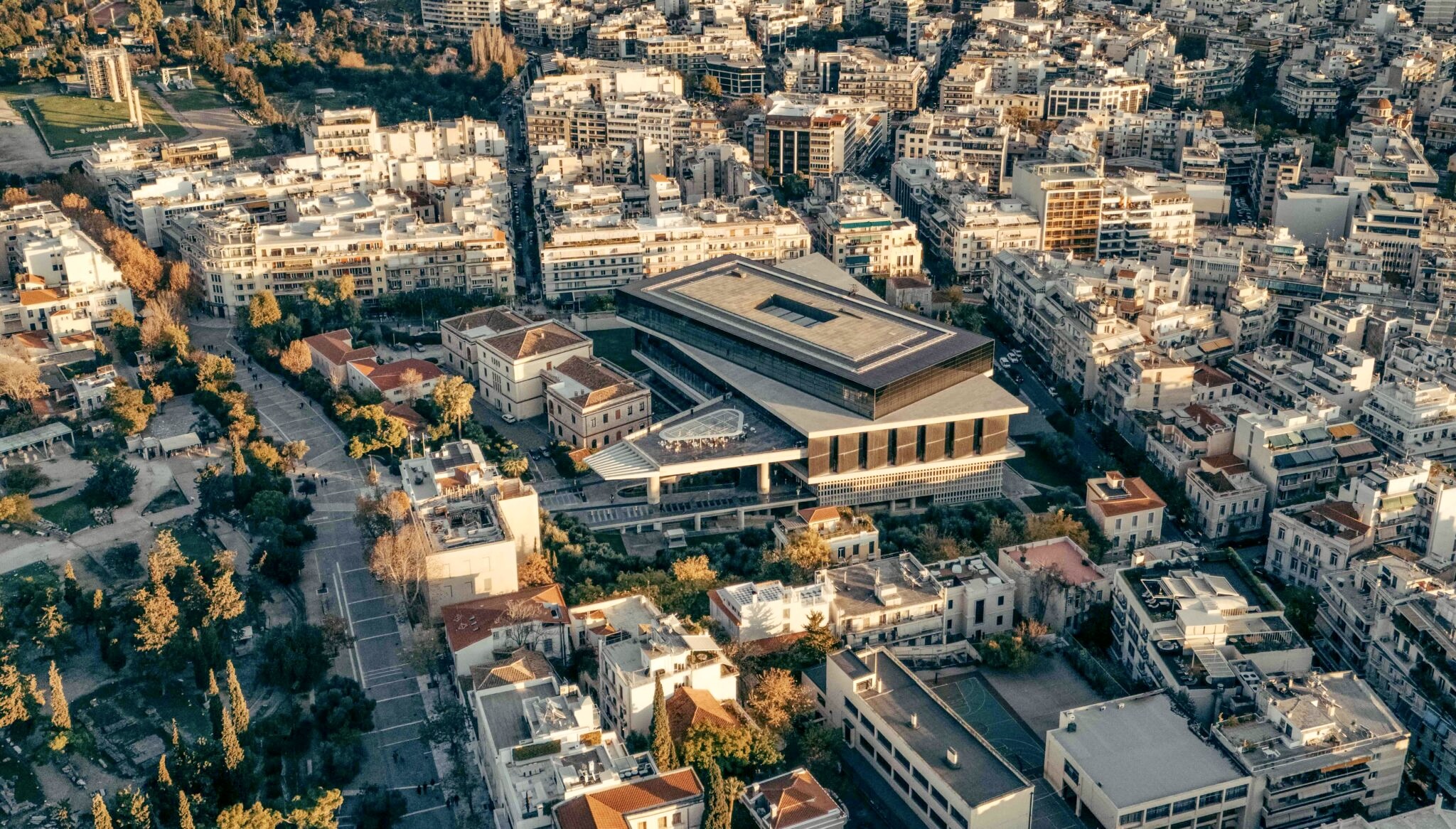Monemvasia is a place that defies easy categorization, where the drama of nature meets the intricacy of human history. A towering rock rising majestically from the azure waters of the Aegean, this fortified islet connects gently to the southeastern tip of the Peloponnese by a slender causeway. Approaching Monemvasia feels like stepping into a lost chapter of time, where medieval fortifications, Byzantine chapels, and winding cobblestone paths whisper tales of sieges, commerce, and poetic inspiration.
Known affectionately as the Gibraltar of the East, Monemvasia was established by Byzantine settlers in the 6th century, swiftly emerging as a critical maritime outpost. Over centuries, Venetians, Ottomans, and Greeks have each left their mark, layering architectural elegance with rugged resilience. Strolling the ancient lanes, you’ll discover homes carved into cliffs, Venetian mansions echoing past splendor, and the striking Byzantine church of Agia Sofia standing atop the cliff, from where you can savor panoramic vistas of endless sea and sky.
Nature and culture coexist harmoniously here. Golden beaches surround the rock, offering leisurely respite after days exploring historical treasures. The region’s culinary traditions, deeply rooted in local olive oil, honey, and wine, enrich the sensory experience, bridging past and present.
A mere four-hour, mostly scenic, drive from Athens, mostly along smooth highways through the Peloponnesian countryside, Monemvasia promises travelers an experience of the timeless beauty and enduring legacy of a town that history could never overlook.
Day 01
Exploring the Fortress Town
Monemvasia’s name originates from the Greek words “Moni” and “Emvasis,” translating as the single entrance, aptly describing the solitary bridge linking the island to the mainland. Crossing this bridge sets the tone for a captivating three-day adventure in a town steeped in history since at least the 12th century.
House of Yiannis Ritsos
Just inside the entrance, the residence of celebrated Greek poet Yiannis Ritsos immediately captures attention. Born here, Ritsos (1909-1990) maintained an enduring bond with Monemvasia throughout his life. The poet’s home, soon to open as a municipal museum in mid-2025, was acquired by the municipality in 2021 from his daughter Ere. Personal belongings, furniture, original artwork, and photographs donated by the family will create an immersive tribute to Ritsos’ profound connection with the town.
Exploring Antiquity
Continuing along the Byzantine-era cobblestone pathway leads visitors into the central square, dominated by the historic Elkomenou Christou church and an old cannon. Facing the church, a beautifully preserved 16th-century mosque hosts the Monemvasia Archaeological Collection. This modest yet intriguing museum showcases architectural sculptures and everyday ceramics unearthed primarily during monument restoration and archaeological surveys. Among these treasures are significant finds from Agia Sofia church and the mid-Byzantine ruins at the Georgoulas residence, dating back to the late 12th century.
From the square, narrow streets extend toward various sections of the medieval fortress, perched approximately 100 meters above sea level on a sprawling plateau. An invigorating 15-minute ascent leads to Ano Poli (Upper City), rewarding visitors with extraordinary panoramic views of the lower town, fortress walls, and expansive sea. Slightly beyond, the remarkable Agia Sofia church sits dramatically atop steep cliffs, adding to the area’s majestic allure.
Coffee, Food & Drinks
Evenings in Monemvasia invite leisurely dining at traditional tavernas serving regional dishes complemented by breathtaking vistas. The Enetiko Café & Cocktail Bar serves exceptional drinks and scenic perspectives of the sea and town below. Alternatively, Di Porto on the square, near the charming harbor provides an idyllic setting to unwind outside the fortress area.
For food, Within the fortress of Monemvasia, Matoula delights diners with traditional Greek dishes served beneath lush vines overlooking the sea; don’t miss their acclaimed saitia. Chrisovoulo pairs regional and international flavors with an extensive wine selection, set in an elegant castle ambiance. Family-run Voltes reinterprets classic Greek recipes using fresh local produce, alongside their own wines and craft beers.
In Gefyra town, Mateo’s offers warm hospitality and freshly caught seafood right on the waterfront and Athivoli invites guests into its serene garden, highlighting dishes crafted from premium local ingredients.
Day 02
Swims, Hikes & Sights
Off for a Swim!
Pori beach, stretching over two kilometers, ranks among the most scenic beaches in the Peloponnese. Its expansive sands offer ample space for leisurely walks, energetic runs, or a friendly match of beach volleyball. Gentle waves and shallow waters make it welcoming for swimmers of all ages and abilities. From its shores, visitors enjoy breathtaking views of Monemvasia’s fortress and the historic settlement of Palia Monemvasia. Convenient amenities, including sunbeds, umbrellas, and a beachside canteen, ensure a relaxing day by the sea.
Hiking Larnaka Gorge
When it’s too chilly to head to the beach, a trek to Larnaka Gorge near Molai offers an enchanting alternative. Accessible from the town’s main square, the gorge’s trail begins with an inviting cobblestone path, surrounded by lush vegetation and the soothing sounds of birds and flowing water. Four distinct trails range from one to six hours, suitable for most fitness levels. Shorter trails lead visitors to peaceful spots such as Agia Paraskevi church, nestled against the mountain backdrop. Adventurous hikers can tackle the challenging ascent to Mt Kourkoulas, rewarded with panoramic vistas.
A Visit to Paleomonastiro
Although Paleomonastiro requires a drive of over an hour from Monemvasia, its historical significance and striking location make the journey worthwhile. Set within a cliffside cave overlooking the Evrotas river gorge, this Byzantine monastery is dedicated to the Most Holy Lady, the Theotokos, and Saint Nikitas the Great Martyr, as commemorated by an ancient inscription. Visitors can marvel at meticulously preserved Byzantine frescoes adorning the monastery walls. Paleomonastiro is also a poignant historic site, memorializing the tragic events of 1825, when villagers from nearby Vrontamas, resisting Ottoman forces under Ibrahim Pasha, perished heroically after being trapped inside and subjected to an explosion. The site remains a solemn testament to Greek resilience.
Day 03
Visiting Marvelous Mistras
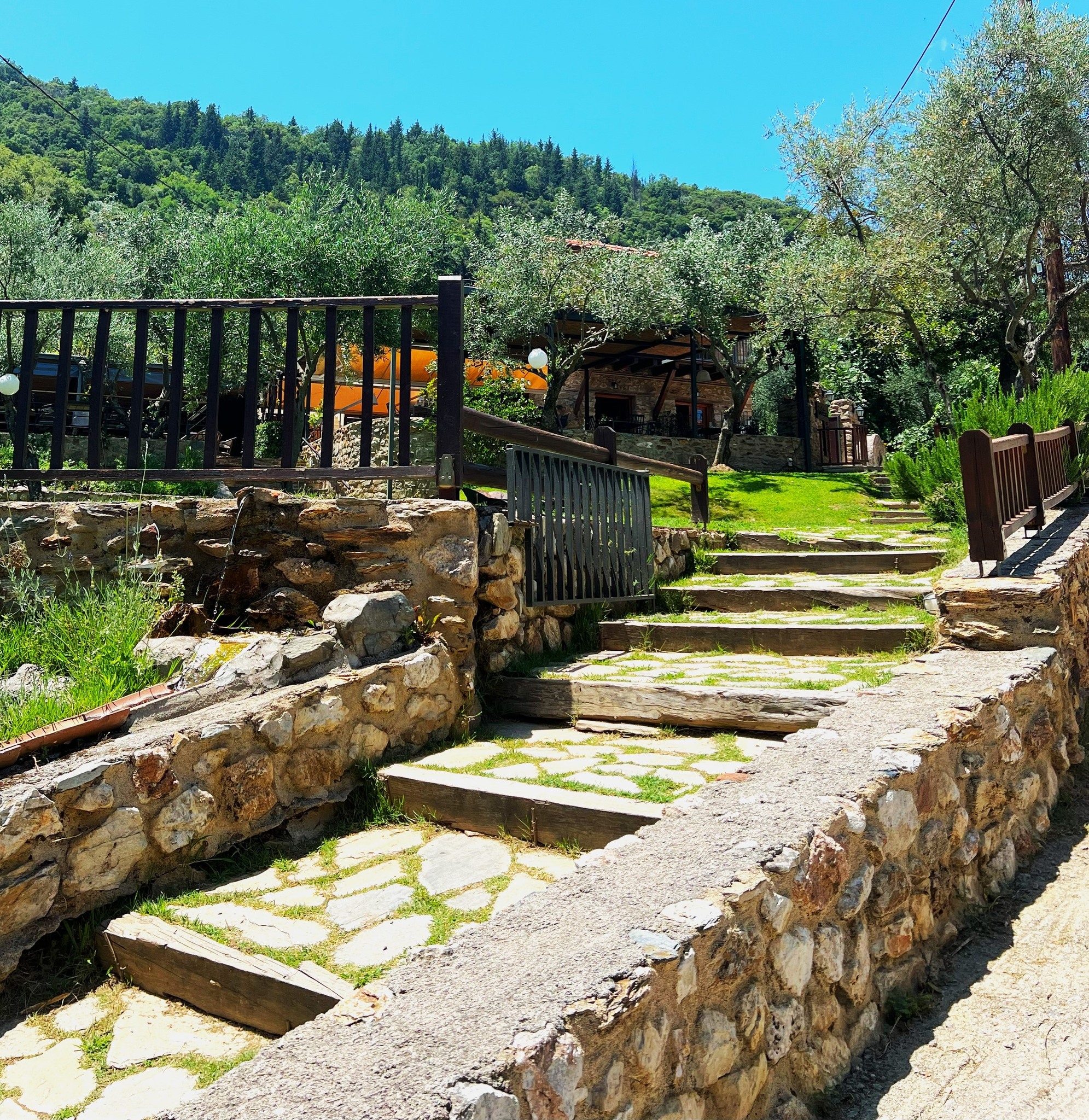
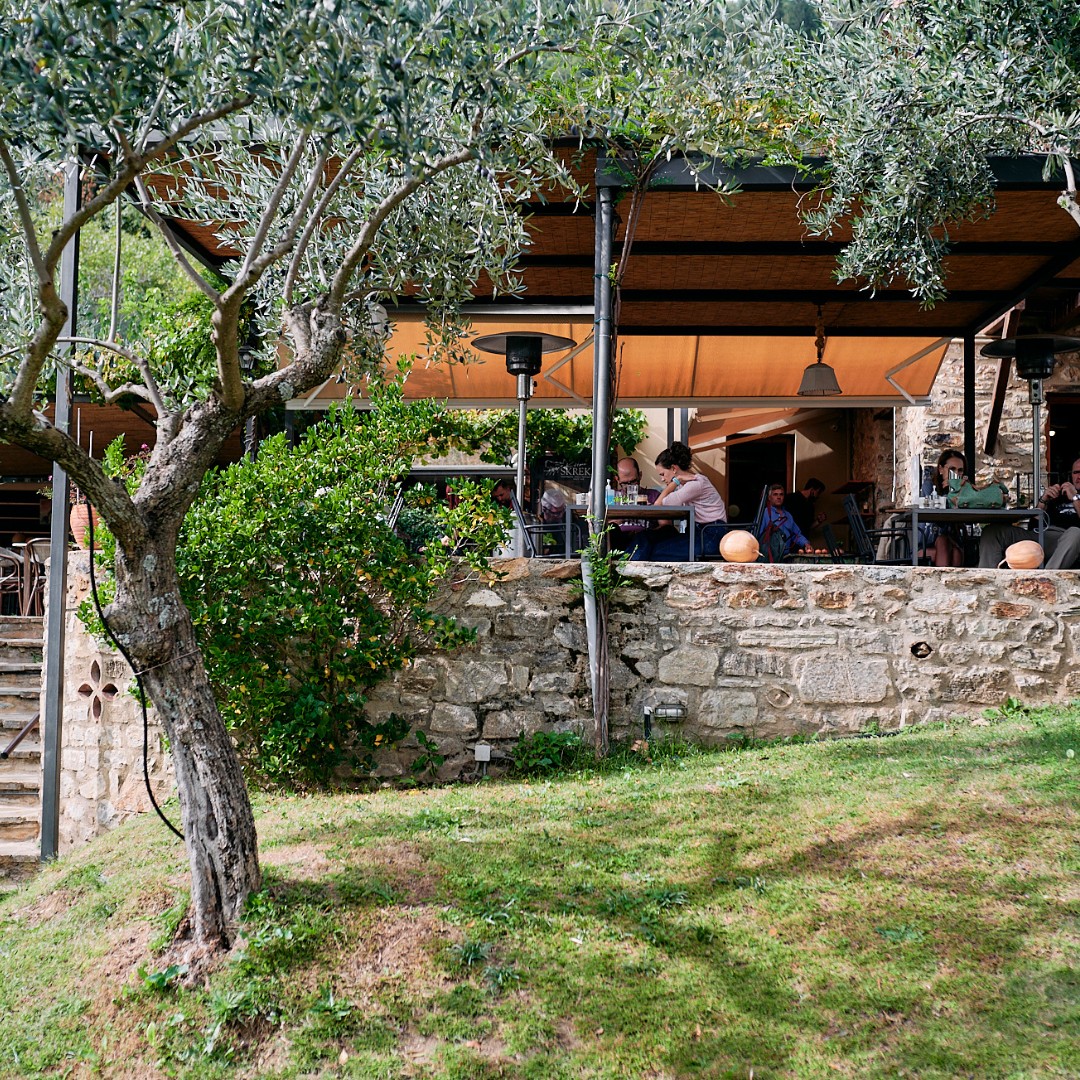
On your third day, before the journey back to Athens, dedicate some time to cultural exploration at Mystras. Situated just five kilometers from Sparta, Mystras is one of Greece’s most significant and exceptionally preserved archaeological wonders from the Byzantine era. Founded in the mid-13th century, during the Frankish occupation of the Peloponnese, the fortress town began when William II of Villehardouin constructed his imposing castle atop the steep slopes of Mt Taygetus, known historically as Mystras or Myzithras.
The fortress swiftly evolved into a thriving city, eventually becoming the esteemed capital of the Despotate of Morea, a crucial Byzantine stronghold in medieval and early modern Greece. Mystras remained influential until the early post-Revolution years, after which it was gradually abandoned.
What You Need to Know
Visitors should leave their vehicles at the second entrance, which provides easy access to Pano Hora (Upper Town), home to Mystras’ most remarkable landmarks. The archaeological site is structured across three distinct levels: the fortress itself dominates the peak, with Pano Hora just below, followed by Kato Hora (Lower Town).
Plan your visit early in the morning to enjoy cooler temperatures and wear comfortable walking shoes, as thoroughly exploring the site takes at least two hours. Remember to carry water to stay refreshed during your adventure. While wandering Mystras’ stone-paved alleys, ancient monasteries, and Byzantine churches, visitors experience an immersive sense of daily life from centuries past. Ascending to the highest point rewards explorers with panoramic views of the Peloponnesian landscape.
Food and Drinks
After your enriching exploration, replenish your energy at one of the area’s excellent tavernas, celebrated particularly for their succulent meat dishes. In Mystras, Chromata Restaurant in Pikoulianika provides Mediterranean cuisine within a beautifully restored 1930s tavern setting. Palaiologos, in the town center, specializes in hearty grilled dishes and authentic Greek flavors. Taverna Pikoulianika combines classic Mediterranean fare with warm hospitality in a scenic village atmosphere. Ktima Skreka has offered home-style Greek meals made from local Laconian produce since 1935. Veil Bistrot serves coffee and casual bites paired with panoramic views, while O Ellinas offers diners flavorsome traditional dishes in an inviting family-run setting.



